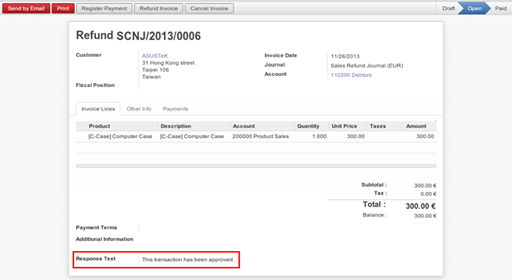There are many things to consider when starting a business. This includes registering with various offices, financing and setting up bookkeeping. Read what is important Business registration .
1st step: Business registration
You can register your trade yourself. You have to register your trade with the trade office of the city or the district in which you operate your company. You only need an identity card to register your business.
For some business start-ups, additional documents and permits are required. Would you like to B. open a restaurant, you must…
- a police clearance certificate
- an extract from the central commercial register (for legal entities from the commercial register)
- a certificate of no objection from the responsible tax office
- Provide an extract from the debtor register of the local court.
- A permit is required when serving alcoholic beverages.
- In addition, the prospective restaurateur must take part in a IHK catering course and submit a rental or lease contract or a floor plan.
The trade office will only grant approval once all the documents have been submitted.
But not every company has to be registered with the trade office. If your company belongs to the liberal professions, you can do without a business registration. Freelancers are especially doctors, lawyers and architects.
By the way: The business registration has nothing to do with the tax registration at the tax office. In any case, this must be done separately.
Step 2: Tax registration with the tax office
Anyone who runs a company must register with the tax office within one month of starting work.
As a trader, the responsible tax office learns of your activity through the business registration. The tax office will then automatically send you a tax registration form. If you are a freelancer and therefore do not have to apply for a business license, you must notify the tax office yourself that you are running a company. You can register with your local tax office and have the questionnaire sent to you. Alternatively, you can download the questionnaire from the Internet, fill it in and send it directly to the tax office.
Step 3: financing
If you need financing, you have to present your concept to the bank. You need a business plan for this .
Therefore, the business plan should be complete and error-free. If in doubt, consult your tax advisor. The problem: Every bank query is entered in your debtor register. If you have a lot of entries there, the banks often refuse to finance them without further checking. Because they then assume that the previous banks have already rejected your concept. It is therefore important that the first funding requests are successful.
Step 4: Set up accounting
As an entrepreneur, you have to keep proper accounts. Of course, this applies to both financial accounting and payroll accounting. You can also share this work with others, e.g. B. to a tax advisor. If you want to do all or part of the accounting yourself, you must first set it up.
The facility is the be-all and end-all of the current bookkeeping. Errors that were made during the setup can be corrected afterwards. However, this is often very time-consuming


















